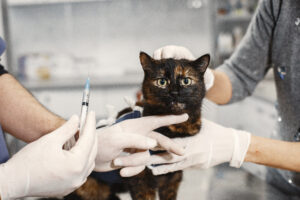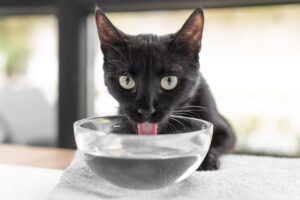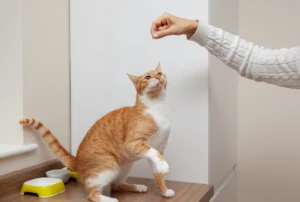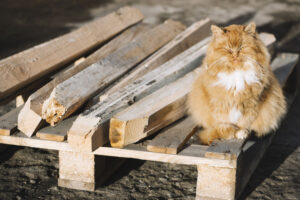Introduction
The long haired Bengal cat represents one of the most visually striking and unique variations of the beloved Bengal breed. While standard Bengals are known for their distinctive short, silky coats that showcase their wild-looking spots, the long haired Bengal cat offers a different aesthetic with its luxurious, flowing fur that still maintains those gorgeous wild markings. Many potential owners find themselves drawn to these magnificent creatures, enchanted by the combination of exotic beauty and plush, soft fur.
However, beneath the stunning exterior of the long haired Bengal cat lies a reality that not all prospective owners fully understand. This article aims to shine a light on some less discussed aspects of long haired Bengal cat ownership – not to discourage those genuinely interested in this remarkable breed, but to ensure that potential owners make fully informed decisions.
As responsible pet enthusiasts at PetsPump, we believe that successful pet ownership begins with honest education. The long haired Bengal cat requires specific care considerations and comes with certain characteristics that might surprise those familiar only with traditional domestic cats or even standard Bengals.
In this comprehensive guide, we’ll explore four uncomfortable yet essential truths about long haired Bengal cats that every potential owner should carefully consider before bringing one of these magnificent felines into their home. From their genetic background to maintenance challenges, behavioral traits to health considerations, understanding these aspects will help you determine if a long haired Bengal cat is truly the right companion for your lifestyle and home environment.
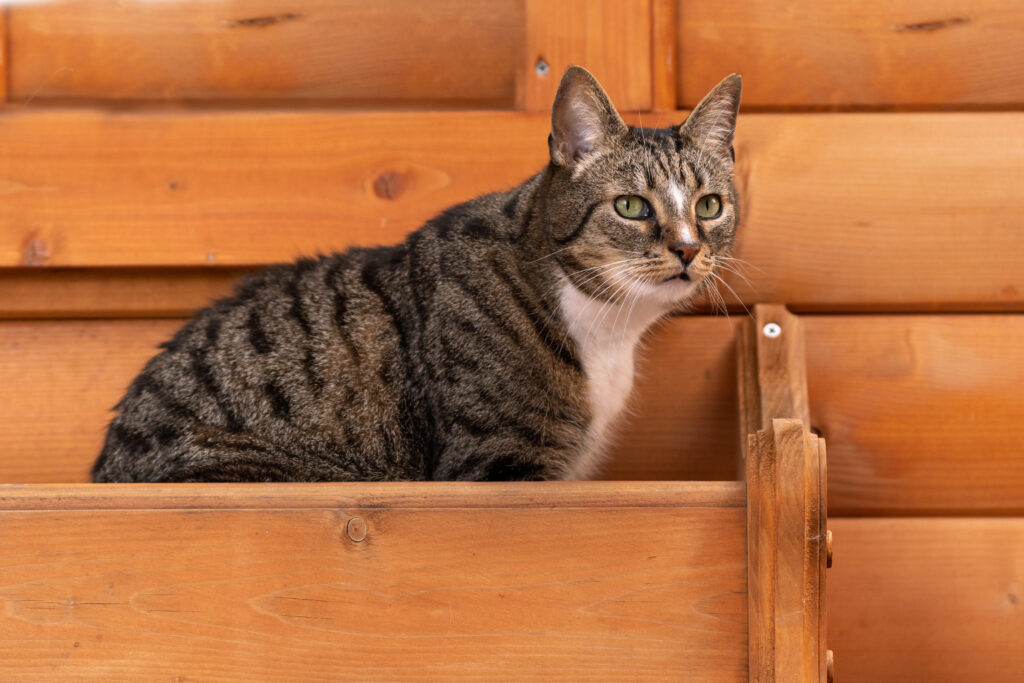
Understanding the Long Haired Bengal Cat
Before delving into the challenges of long haired Bengal cat ownership, it’s important to understand what makes this variant unique among Bengal cats.
The Genetics Behind Long Hair in Bengal Cats
The long haired Bengal cat, sometimes referred to as the Cashmere Bengal, possesses a recessive gene for long hair. Unlike the typical short-coated Bengal, the long haired Bengal cat carries a genetic modification that produces that luxurious, flowing coat. This trait isn’t standard in the original Bengal breed, which was developed by crossing domestic cats with the Asian leopard cat.
Traditional Bengal cats feature short, dense, and incredibly soft fur – a characteristic inherited from their wild ancestors. The long haired Bengal cat variation occurred through the introduction of the recessive long-hair gene from domestic long-haired cats during the early breeding programs. Today, reputable breeders can produce long haired Bengal kittens by selectively breeding carriers of this recessive gene.
Physical Characteristics of Long Haired Bengal Cats
The long haired Bengal cat maintains most of the distinctive physical features of standard Bengals but with the notable difference of fur length. Their coats typically grow to medium-long length, with especially pronounced length around the neck (creating a mane-like appearance), behind the ears, on the tail, and on the hindquarters.
What makes the long haired Bengal cat particularly striking is how their longer fur interacts with their distinctive markings. The spots, rosettes, or marble patterns that make Bengal cats so desirable remain visible, but with a softer, sometimes slightly blurred appearance due to the longer fur. This creates a truly unique aesthetic that combines wild patterning with luxurious fluffiness.
The texture of a long haired Bengal cat’s fur tends to be silky and relatively less prone to matting compared to some other long-haired breeds. However, this doesn’t mean they’re low-maintenance – a point we’ll address in more detail later.
Recognition and Classification
It’s worth noting that not all cat associations recognize the long haired Bengal cat as an official Bengal variant. The International Cat Association (TICA) and other major registries classify these cats as “non-standard” Bengals. This classification doesn’t diminish their appeal or value to loving owners, but it does mean they typically cannot compete in championship shows in the Bengal category.
Now that we’ve established what makes the long haired Bengal cat unique, let’s explore the four uncomfortable truths that prospective owners should understand before committing to this exceptional feline companion.
Ugly Fact #1: The Grooming Nightmare
One of the most significant challenges of owning a long haired Bengal cat involves their substantial grooming needs. While their wild ancestry gives them a somewhat more manageable coat than some other long-haired breeds, the maintenance requirements still far exceed what many owners anticipate.
Daily Brushing Requirements
Despite what some breeders might suggest, the long haired Bengal cat typically requires daily brushing – not weekly or occasional attention. Their semi-long to long fur, combined with their active lifestyle, means they accumulate debris, develop tangles, and can form painful mats if not regularly groomed.
The unique texture of the long haired Bengal cat’s fur – silky yet thick – means that when mats do form, they tend to develop close to the skin where they’re not immediately visible. By the time you notice these mats, they may have become tight and uncomfortable for your cat, potentially requiring professional intervention.
Seasonal Shedding Intensity
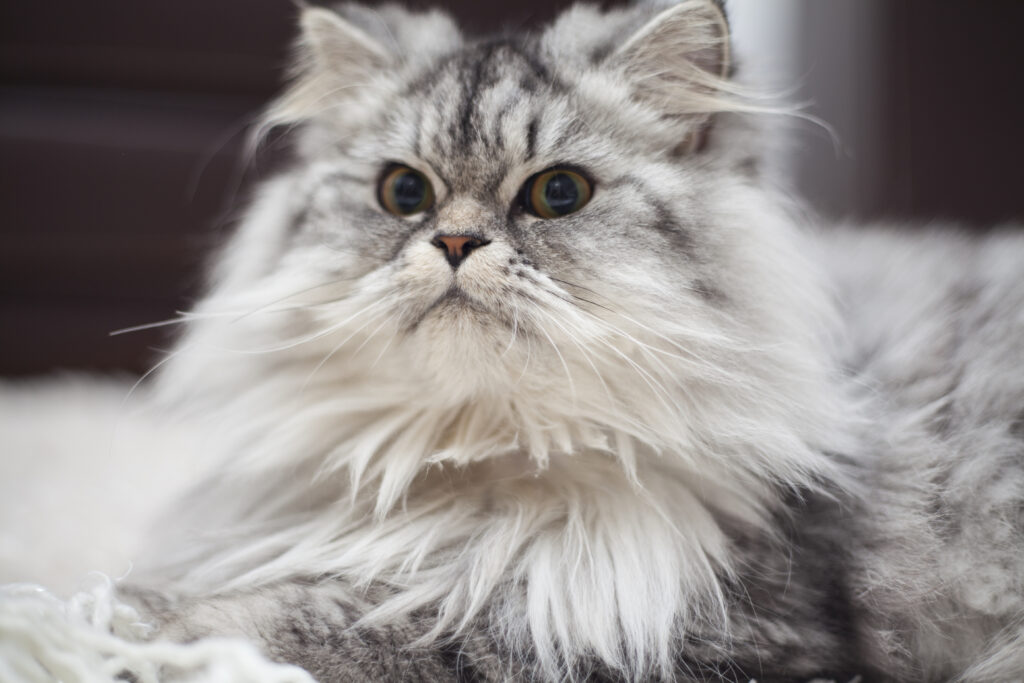
Long haired Bengal cats experience significant seasonal shedding, particularly during spring and fall. During these periods, your home may become overwhelmed with fur despite your best cleaning efforts. The Bengal cat’s semi-wild genetics don’t diminish this aspect of domestic cat behavior.
Many owners of long haired Bengal cats report being unprepared for the sheer volume of fur these cats can shed during peak molting seasons. The fine, downy undercoat sheds profusely and can work its way into fabrics, carpets, and virtually every corner of your home.
Grooming Resistance
Perhaps the most challenging aspect of grooming a long haired Bengal cat stems from their high energy and often independent temperament. Unlike some domestic breeds that tolerate or even enjoy grooming sessions, many long haired Bengal cats actively resist being brushed or handled for extended periods.
Their wild heritage contributes to a strong-willed nature that can make grooming sessions feel like wrestling matches. Without proper training from kittenhood, maintaining the coat of an adult long haired Bengal cat can become a genuine struggle, sometimes requiring two people – one to gently restrain the cat while another quickly handles the necessary grooming.
Professional Grooming Expenses
When home grooming proves insufficient or too challenging, many owners turn to professional services. Regular appointments with professional groomers represent a significant ongoing expense that potential owners often fail to calculate when budgeting for a long haired Bengal cat.
These specialized grooming sessions may be needed every 4-8 weeks, depending on your cat’s specific coat type and your home grooming regimen. At $50-100+ per session (depending on location and the extent of services needed), this adds a substantial financial commitment to long haired Bengal cat ownership.
Ugly Fact #2: The Price Tag Shock
The long haired Bengal cat carries a premium price that extends far beyond the initial purchase. While the distinctive appearance certainly justifies some premium, potential owners should prepare themselves for various financial considerations.
Purchase Price Premium
Long haired Bengal kittens typically command significantly higher prices than their short-haired counterparts. While standard Bengal kittens from reputable breeders might range from $1,500-3,000, a long haired Bengal cat can cost anywhere from $2,500-5,000 or more depending on coat pattern, color, and pedigree.
This premium exists partly because producing long haired Bengal kittens involves more complex breeding programs. Since the long hair gene is recessive, breeders must carefully select parent cats that carry this gene, often resulting in smaller litter yields of long-haired kittens.
Limited Availability and Waiting Lists
The relative rarity of long haired Bengal cats means prospective owners often face extended waiting periods, sometimes a year or longer. This scarcity has created a market where some less scrupulous breeders charge exorbitant prices for kittens that may not meet proper health standards or possess verified pedigrees.
When researching breeders, you’ll discover that many reputable operations have closed waiting lists for long haired Bengal kittens or require significant deposits ($500+) to secure a spot on their waiting list with no guarantee of receiving a kitten that meets your specific color and pattern preferences.
Ongoing Maintenance Costs
Beyond the initial purchase price, long haired Bengal cat ownership involves substantial ongoing costs that exceed those of many other breeds:
- Premium Food Requirements: Bengal cats generally benefit from high-protein, premium diets that can cost $50-100 monthly.
- Grooming Supplies: Specialized brushes, de-shedding tools, and cat-safe detangling products add another layer of expense.
- Enrichment Needs: The high energy and intelligence of Bengal cats necessitate substantial investment in climbing structures, interactive toys, and mental stimulation activities.
- Veterinary Considerations: While generally healthy, Bengal cats require regular veterinary care, and some may have breed-specific health considerations that require specialized attention.
Health Testing Premiums
Responsible breeders conduct extensive health testing on their breeding stock, including screening for hypertrophic cardiomyopathy (HCM), progressive retinal atrophy (PRA), and other genetic conditions that can affect Bengal cats. These tests ensure healthier kittens but also contribute to the higher cost of ethically bred long haired Bengal kittens.
When calculating the lifetime cost of owning a long haired Bengal cat, prospective owners should consider that the total expense over the cat’s 12-16 year lifespan will likely exceed $20,000-30,000 when accounting for quality food, regular veterinary care, grooming, and enrichment needs.
Ugly Fact #3: Behavioral Challenges
The stunning appearance of the long haired Bengal cat can sometimes overshadow important considerations about their temperament and behavioral tendencies. These cats inherit not just their wild looks but also certain behavioral traits from their exotic ancestry.
Extreme Energy Levels
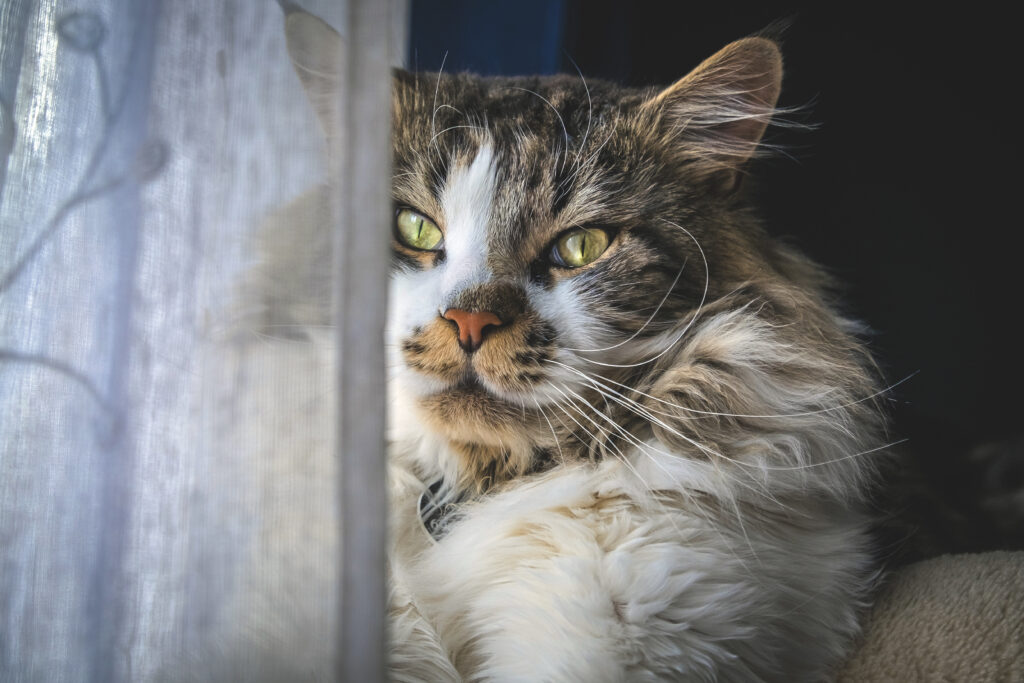
Long haired Bengal cats possess energy levels that can surprise and overwhelm unprepared owners. These are not cats content to lounge on windowsills for hours – they require significant daily physical activity and mental stimulation.
Without proper outlets for their energy, long haired Bengal cats may develop destructive behaviors including:
- Excessive vocalization (often loud and persistent)
- Destructive scratching of furniture and carpets
- Overturning household items
- Aggressive play behaviors
- Stress-related overgrooming that can damage their beautiful coat
Many owners find themselves unprepared for the sheer athleticism of these cats, who can jump to remarkable heights, navigate narrow spaces with agility, and access areas of the home most cats couldn’t reach.
Water Fascination
While many cat owners appreciate the Bengal breed’s unusual fascination with water, this trait can become problematic with long haired Bengal cats. Their attraction to water often leads them to play in water bowls, shower stalls, sinks, and toilets.
For long haired Bengal cats, this water play creates additional grooming challenges as their longer fur absorbs more water and can remain damp for extended periods. Chronic dampness can lead to skin issues and unpleasant odors if not properly managed. Some owners report needing to secure bathroom doors and toilet lids to prevent constant water access.
Territorial Behaviors
Long haired Bengal cats, particularly males, can display strong territorial tendencies that manifest as:
- Urine marking (even after neutering in some cases)
- Aggression toward other household pets
- Attempts to establish dominance over certain areas of the home
- Resistance to changes in their environment
These territorial behaviors can be more pronounced in long haired Bengal cats than in standard Bengals, possibly due to selective breeding factors that accompanied the development of the long-hair variant.
Training Resistance
The independent nature of long haired Bengal cats can make them particularly challenging to train. While highly intelligent, they often choose when and how they wish to cooperate with human requests.
Basic cat training like litter box use is rarely an issue, but more complex behavioral training – including accepting grooming procedures, respecting boundaries, or learning tricks – can prove frustratingly difficult with long haired Bengal cats compared to more compliant breeds.
This training resistance becomes particularly problematic when it comes to necessary grooming routines. A long haired Bengal cat who refuses to tolerate brushing presents a significant long-term management challenge.
Ugly Fact #4: Health and Genetic Concerns
While long haired Bengal cats can certainly live long, healthy lives, potential owners should be aware of several health and genetic considerations specific to this variant.
Limited Genetic Pool Issues
The long haired Bengal cat comes from a relatively limited genetic pool since they represent a specific variant within an already specialized breed. This restricted genetic diversity can potentially elevate the risk of certain inherited conditions.
Reputable breeders work diligently to expand the genetic diversity in their breeding programs, but prospective owners should thoroughly research any breeder’s health testing protocols and genetic management strategies before purchasing a long haired Bengal kitten.
Coat-Related Health Issues
The longer coat of these Bengal variants introduces potential health concerns:
- Hairballs: Long haired Bengal cats frequently develop hairballs from grooming their abundant coat. Severe cases can lead to digestive blockages requiring veterinary intervention.
- Skin Conditions: Without proper grooming, long haired Bengal cats may develop skin irritations and hot spots under matted fur, particularly in skin folds and less visible areas.
- Parasites: The longer fur provides more hiding places for external parasites like fleas and ticks, making detection and treatment more challenging.
- Heat Sensitivity: During warmer months, long haired Bengal cats may struggle to regulate their body temperature effectively, requiring environmental accommodations.
Breed-Specific Health Considerations
Beyond coat-specific issues, long haired Bengal cats share certain health predispositions with standard Bengals:
- Hypertrophic Cardiomyopathy (HCM): This heart condition appears in Bengal bloodlines and requires screening of breeding stock.
- Progressive Retinal Atrophy (PRA): A genetic eye condition that can lead to blindness.
- Flat-Chested Kitten Syndrome: A developmental condition that affects some Bengal kittens.
- Pyruvate Kinase Deficiency: A genetic blood disorder that can occur in Bengal cats.
While responsible breeding practices have reduced the incidence of these conditions, they remain considerations for potential long haired Bengal cat owners. The specialized nature of breeding for the long hair trait may sometimes result in breeders focusing less attention on other genetic health factors.
Veterinary Expertise Challenges
Finding veterinarians with specific experience treating Bengal cats – especially long haired variants – can prove challenging in some regions. Bengals sometimes require specialized knowledge due to their hybrid ancestry, and their reactions to certain medications and treatments can differ from those of typical domestic cats.
This challenge becomes particularly relevant when addressing coat-related issues unique to long haired Bengal cats. Some veterinarians may have limited experience with the specific grooming-related skin conditions these cats can develop.
Living Successfully with a Long Haired Bengal Cat
Despite the challenges outlined above, many dedicated owners enjoy deeply rewarding relationships with their long haired Bengal cats. Success with this magnificent breed variant requires thorough preparation and commitment.
Creating an Enriched Environment
Long haired Bengal cats thrive in homes with:
- Vertical space (cat trees, shelves, climbing opportunities)
- Interactive toys that challenge their intelligence
- Puzzle feeders to engage their hunting instincts
- Safe outdoor access through enclosed catios or supervised harness training
- Consistent play sessions that allow for running, jumping, and predatory play
Creating this environment helps channel their natural energy positively, reducing problem behaviors that might otherwise emerge.
Establishing Grooming Routines Early
The most successful long haired Bengal cat owners establish consistent grooming routines from the earliest age possible:
- Begin with short, positive grooming sessions during kittenhood
- Use high-value treats to create positive associations with brushing
- Invest in appropriate tools specifically designed for long-haired cats
- Consider professional grooming introductions to establish good habits
- Maintain absolute consistency in grooming schedules
With patience and persistence, many long haired Bengal cats learn to tolerate or even enjoy regular grooming sessions, significantly reducing one of the major challenges of ownership.
Choosing the Right Breeder
Perhaps the most crucial factor in successful long haired Bengal cat ownership begins with selecting a reputable breeder who:
- Provides extensive health testing documentation
- Raises kittens in stimulating, home environments
- Socializes kittens properly from early ages
- Supports owners with guidance and remains available for questions
- Prioritizes health and temperament alongside coat characteristics
A well-bred long haired Bengal cat from a responsible breeder will likely present fewer health and behavioral challenges than one from questionable breeding programs.
Finding Community Support
Connecting with other long haired Bengal cat owners through breed-specific forums, social media groups, and cat clubs provides invaluable support and guidance. These communities can offer practical advice for addressing the unique challenges of living with these exceptional felines.
Conclusion
The long haired Bengal cat represents a truly remarkable feline companion – combining exotic beauty with the distinctive Bengal personality in a uniquely luxurious package. However, responsible ownership requires acknowledging and preparing for the four significant challenges outlined in this article:
- The substantial and sometimes difficult grooming requirements
- The significant financial investment, both initially and ongoing
- The potential behavioral challenges stemming from their energetic nature
- The health and genetic considerations specific to this variant
For properly prepared owners who understand these realities and commit to meeting the needs of these exceptional cats, the long haired Bengal cat can provide an extraordinarily rewarding companionship experience. Their intelligence, beauty, and engaging personalities make them unforgettable pets for those equipped to provide the specialized care they require.
Before bringing a long haired Bengal cat into your home, we strongly recommend researching extensively, connecting with current owners, visiting reputable breeders, and honestly assessing your lifestyle compatibility with these high-maintenance but magnificent felines.
For more information about exotic cat breeds and responsible pet ownership, visit us at PetsPump where we’re dedicated to supporting informed, compassionate pet ownership.
FAQs About Long Haired Bengal Cats
How much does a long haired Bengal cat typically cost?
Long haired Bengal cats generally range from $2,500 to $5,000 depending on quality, pattern, and breeder reputation. This is typically $1,000-2,000 more than standard Bengal cats.
How often do long haired Bengal cats need grooming?
Most long haired Bengal cats require brushing at least 3-5 times weekly, with daily brushing recommended during shedding seasons. Professional grooming every 6-8 weeks is beneficial for many.
Are long haired Bengal cats recognized by cat associations?
Most major cat associations consider the long haired Bengal cat a “non-standard” variant of the Bengal breed. They typically cannot compete in championship shows as standard Bengals.
Do long haired Bengal cats make good family pets?
Long haired Bengal cats can make excellent family pets in active households prepared for their energy levels and maintenance needs. They typically do best with families who can provide constant engagement and proper care for their specialized needs.
How can I find a reputable long haired Bengal cat breeder?
Look for breeders who perform comprehensive health testing, provide health guarantees, raise kittens in home environments, and have positive references from previous buyers. Responsible breeders will also ask you questions to ensure their kittens go to appropriate homes.
Do long haired Bengal cats get along with other pets?
With proper socialization, many long haired Bengal cats can coexist successfully with other pets, including dogs. However, their high prey drive may make them challenging around small pets like hamsters or birds.
What is the lifespan of a long haired Bengal cat?
When well-cared for, long haired Bengal cats typically live 12-16 years, similar to standard Bengal cats. Some may live into their late teens with excellent care.
This article is provided for informational purposes only and is not intended to replace professional veterinary advice. Always consult with a qualified veterinarian regarding the specific needs of your long haired Bengal cat.



